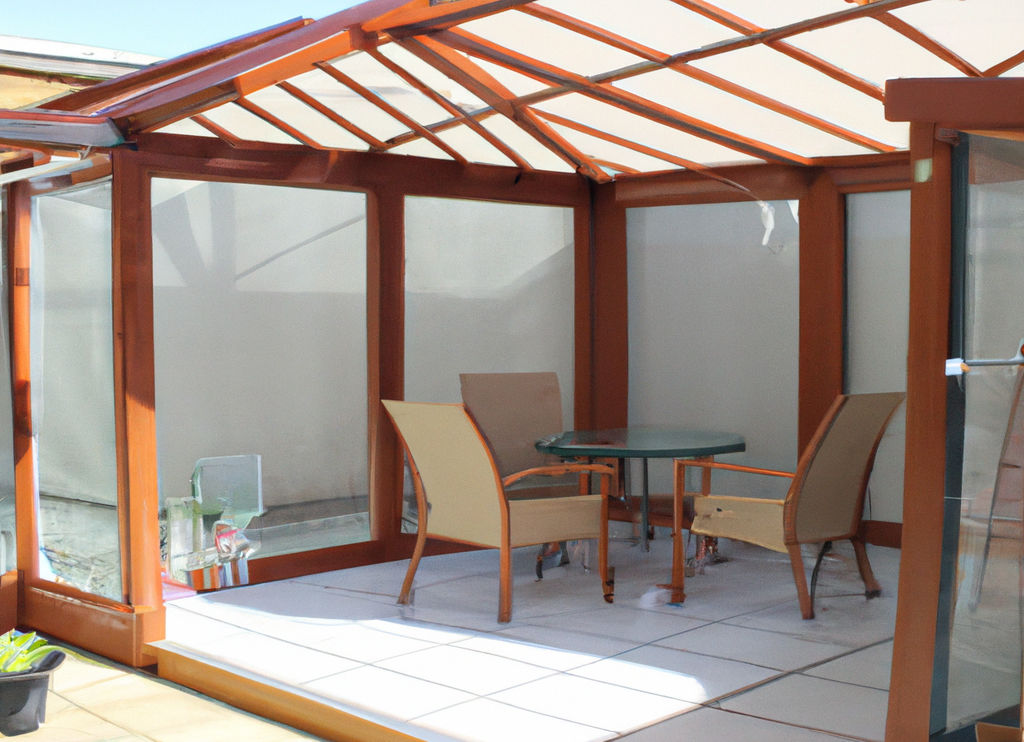Are you planning on adding a sunroom to your home but struggling with budgeting for the project? Fret not, we’ve got you covered! This blog post aims to guide you through the various factors that affect the cost of a sunroom extension and provide you with tips on how to budget for the project effectively.
We’ll cover essential aspects such as the size, materials, necessary permits, and labor costs, so you can make informed decisions about your sunroom project. Get ready to bask in the warm, cozy sunlight and elevate the beauty of your home! Let’s delve into the details and simplify the process.
Are sunrooms cheaper than an extension?
The cost of a sunroom or an extension depends on several factors such as design, size, building materials, and additional features. While extensions generally require more building materials and may cost more, it cannot be said that sunrooms are always cheaper.
How much does a sunroom extension cost UK?
A sunroom typically costs between £10,000 to £76,000, with an average cost per square metre ranging from £700 to £1,400. A sunroom extension, which involves extending the sunroom into the garden, generally costs between £15,000 to £75,000.
It is important to note that obtaining building regulations approval and planning from the local council may be necessary, and associated costs are estimated to be around £100 to £300.
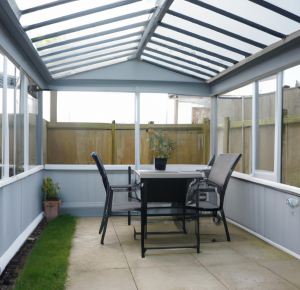
If a wooden structure is chosen for the sunroom, it may require annual maintenance costs ranging from £200 to £400. Although sunrooms tend to have a faster construction time compared to other extensions, there may still be potential disruptions during the 12-week building period.
What is a sunroom extension?
A sunroom extension, also referred to as a sun lounge or conservatory, is a room designed to maximize natural sunlight. It can serve various purposes, such as a place to relax, a home office, or an additional bedroom for guests.
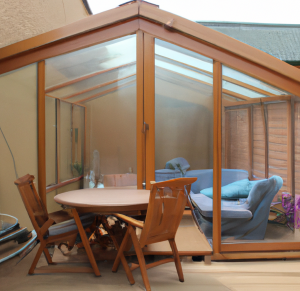
Sunroom extensions can add value to a property and provide additional living space. They also allow homeowners to enjoy the outdoors throughout the year, irrespective of the weather conditions.
Sunroom extensions offer a way to bask in the beauty of nature while being protected from the elements, providing warmth and dryness.
How long do sunrooms last?
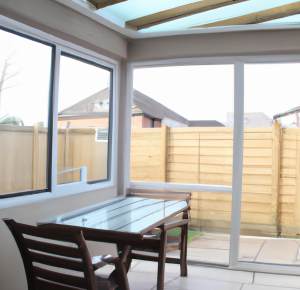
The lifespan of a sunroom can range from 10 years to 50 years or more, depending on various factors such as quality of materials, construction techniques, and maintenance.
Can sunrooms be bedrooms?
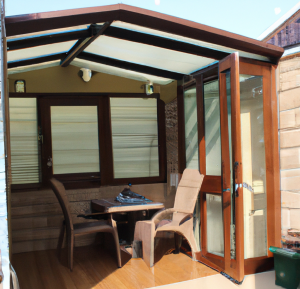
While sunrooms can be converted into bedrooms, it’s important to consider that they differ significantly from standard lodging spaces. To make the most of the available space, it’s essential to keep in mind a variety of crucial elements when making furnishing and decorating decisions.
Do sunrooms get really hot?
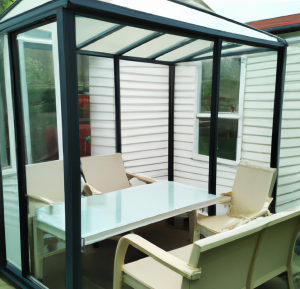
Sunrooms can become excessively hot if there is insufficient airflow, regardless of the outdoor temperature. This is because without proper circulation, the hot air becomes trapped inside, causing discomfort and creating potential health issues.
How much value does a sunroom add to your home UK?
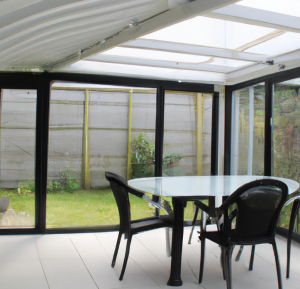
Well-built sunrooms made of premium materials and crafted with skilled workmanship are built to last, providing you with a sense of security and confidence.
Moreover, incorporating extra living space or an extra room into your property may increase its value by as much as 8%, potentially yielding a significant return on your investment.
What is a sunroom called in UK?
Many people in the UK refer to sunrooms and conservatories as if they are the same thing, when in fact they are distinct structures with notable differences. Although both are designed to maximize sunlight, they differ in terms of their seasonal use.
Conservatories are often too cold in the winter and too hot in the summer, while sunrooms are suitable for use over a longer period of the year.
Another significant difference is the materials used for their construction.
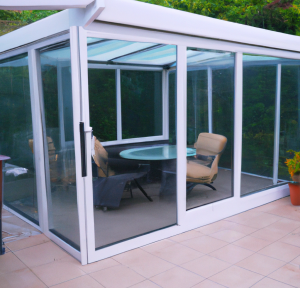
While conservatories are usually made with glass windows and a polycarbonate/glass roof, sunrooms are typically made entirely of glass, including the roof.
Additionally, the assembly process for sunrooms is usually faster and less complicated than for conservatories, with many ready-made structures available that can be attached to homes without requiring planning permission.
In summary, the main distinctions between sunrooms and conservatories in the UK are the length of use, materials used, and assembly process.
What’s good size for sunroom?
Sunrooms come in all sorts of sizes, and the best size for your home depends on how you plan to use it. If you want a cozy space for a home office or reading nook, then a smaller sunroom will do the trick.
It’s easier to keep a smaller space comfortable all year round, which makes it a great option for a three-season room.
But if you’re thinking of hosting parties or using your sunroom for multiple purposes, then a larger space is the way to go. You can create different zones within a larger sunroom, like a media corner or home office area.
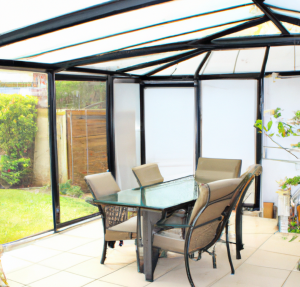
Don’t forget to consider the furniture you want to include in your sunroom. A 14-by-18-foot sunroom can fit a loveseat, two chairs, and an end table comfortably.
For a larger space, an 18-by-18-foot sunroom can accommodate a big couch, recliner, armchair, coffee table, television stand, and end table. If you want a bigger TV, then go for a room size of 18-by-20 feet or more.
In the end, the size of your sunroom should be based on what you need and the space you have available in your home. So go ahead and make it the perfect addition to your house!
Do you need planning permission for a sunroom in UK?
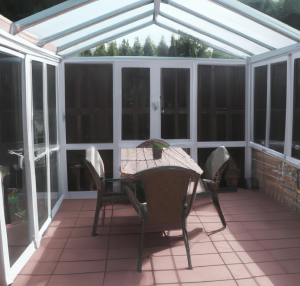
In the UK, adding a sunroom extension to your home usually doesn’t require planning permission or building approval. However, it’s always wise to double-check with your local planning authority before you start any work. This will help you avoid any unpleasant surprises or legal issues in the future.
It’s better to be safe than sorry, so take the time to ensure you have all the necessary approvals before you begin building your sunroom.
This will give you peace of mind and allow you to focus on creating a beautiful and functional space that you and your family can enjoy for years to come.
Which material is the most suitable for a sunroom?
Vinyl is a top choice for sunroom construction because of its exceptional durability, making it a highly favored material. This is because it has the ability to endure various environmental factors while also being easy to maintain.
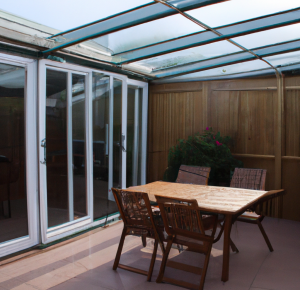
As a result, it is an excellent option for anyone seeking to create a sunroom that can last for an extended period and provide enjoyment for many years.
Do you need a foundation for a sunroom?
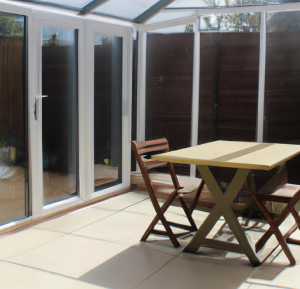
Typically, a sunroom can be constructed without a foundation, but the decision ultimately depends on the specifics of the project.
It’s important to consider the unique circumstances of each installation to determine if a foundation is necessary or not.
Conclusion
A sunroom extension is a wonderful addition to any home, but it’s crucial to consider the associated costs and budget accordingly.
Our guide has provided valuable insights and tips to help you make informed decisions at every step of the process. Be sure to factor in all necessary costs, materials, and permits when creating your budget.
With thoughtful planning and smart choices, you can transform your living space into a beautiful and peaceful sunroom that will bring joy for years to come.

